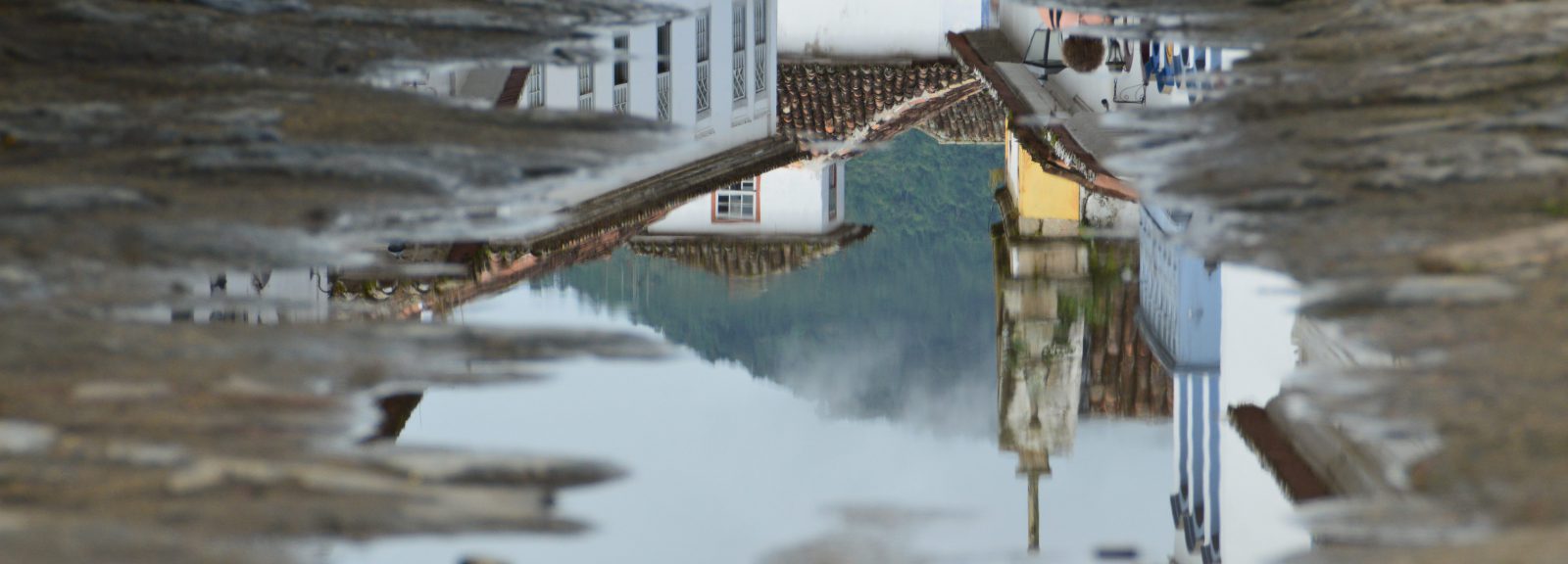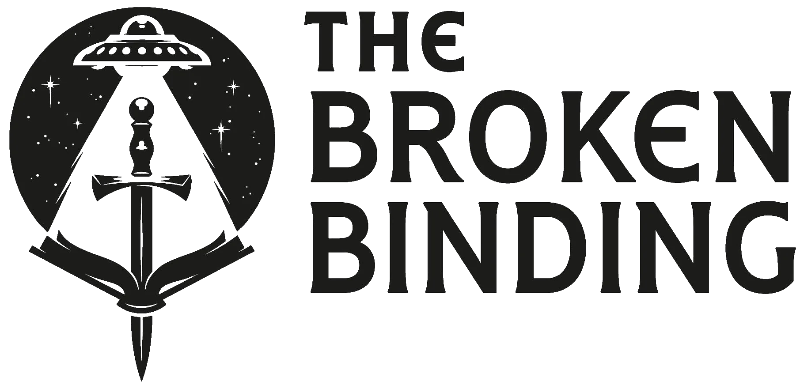Researching a novel is as important as writing one, but how do you keep track of your notes? And don’t say Microsoft Word. No. We need something that can format the data into something cohesive and searchable, and I just so happened to be using a little service called Evernote…

Note-taking on dreams, many worlds, characters…
The note-taking began immediately. Dreams, daydreams, musings — all meticulously recorded in Evernote, and predictably they quickly became unwieldy because how do you categorise a dream?
Tags
The tag system in Evernote is much like you’ve seen on any website: keywords that sum up the content. Evernote’s tags provided me with an initial semblance of structure, but as the book research took off the tags grew with it, and they soon became difficult to manage. They represent the data points for my data set but having never written a book before, they were only as useful as the person tagging, and mine were all over the place. Until I discovered that the tags were nestable. This was a game changer. I could have a tag called “Dreams” and within it, sub-categorise the dream types, like for example: “Naked in school” or “Teeth falling out” (none of which, I realise, have anything to do with my book. Ahem.) Structure was restored and the door to research opened.
Taking notes on the move
I took notes everywhere mostly on my Android phone using the Evernote app to capture the flash of inspiration fleshing it out into something useful later. Most of these things were just life, intervening into my world. Interactions, interesting people, observations. Interestingly I realised that these things were super important to the richness and variance of ideas. They provided a bedrock in which the story evolved from, and as stressful as life felt I’m thankful I got on with it and recorded the significant moments rather than just shied away from them. My career had picked up again and through the right lens it was providing me with so much fodder, that the need for categorisation was especially high.
For me though, new ideas were not the problem, it was the techniques I wanted to drill down into that interested me most, and the best stuff came from studying tutorials on writing by some of the greats. The absolutely amazing Writing Excuses podcast hosted by authors Dan Wells, Brandon Sanderson, Mary Robinette Kowal, and author and web cartoonist Howard Tyler was one such place. Their insights provoked thoughts about world-building, characters traits and assumptions, gender roles and tons more, and I gobbled it all up and distilled it into Evernote.
Parallel forces
My fantasy novel is set in one (of many) parallel worlds. A large part of the story came from a single dream about how the mechanics of a portal might work, and being an avid fan of science it seemed plausible. I knew it was powerful as soon as it woke me up, and I took notes immediately. Click the accordion to read those exact words.
Dream notes: Possible names “Portas” or “Tears” Always in water, Portals will glitter through in godly, sparkly beams. The very air around them will vibrate and thrum with power. Click to read more
The portal’s are always found in approx 2 feet of water which cannot be drained. Push in hand, until u hit a hard surface. Like slate plates on top of silt where unnatural light seeps through the gaps.
Push through gaps and the layers of silt and your hand will enter another place else which has similar “porta”. U then have to squeeze your whole body through. There is always a big chance you could drown doing this, as often the portal exit is about 1foot into the sand, and the sand, in about half a foot of water.
The equal and opposite force
Near the end of the process your head is usually underwater and your hand is stuck in in them mud and your. Upon successfully breaking through a sudden force can often be felt dragging you through. This force can be quantified as the gravity from the other side. The meeting of two minus gravity forces results in a small but significant plus force (i.e stronger than a normal human) that pulls the object or person through to the centre in between the two forces, essentially in the middle of the silt and underground. So it is essential that there be some kind of momentum to carry the object or person all the way through into the other world. This process can kill. You have to be prepared to have a hole wide enough that you will fit through or you will just drown or be slowly crushed between the gravitational forces.
Outward Appearance
The portas could appear differently in every world. This would add an element of discovery and add an element of character luck into the job of finding the portas. Why they would need to find them though is yet to be decided.
I broke the ideas down, and started applying real world physics to how such things could be possible. I devoured Bryan Greene’s Hidden Realities with gusto, sketching furiously on the bus about which many-worlds theories I liked the best, and which had the best scope for conflict (and explosions). Being a designer I had access to many illustration programs (most notably the now hideously overpriced Adobe Creative Suite) so my scribbles became vector illustrations on how portal physics might affect the story. The idea of a Quilted Multiverse initially seemed a good fit so I tried to make it work. A Quilted Multiverse is exactly how it sounds: each universe is a patch in a quilt connected at its edge to the next in a long blanket of space time. Ours is probably around 93 billion light years from end to end so distance becomes the main separator in the theory. I tried to make it work (as per the illustration below), but it didn’t match the main physical parameters I had set for my story. One very important part of my book is that as a universe dies, it passes its resources (energy, matter etc) on to the next bypassing the First Law of Thermodynamics where any energy in a closed system remains finite. However, this was difficult to imagine when the universes were separated by such vast distances. Tunnels are torn between the the dying reality and its nearest neighbour, allowing passage. So, instead I settled on the theory of branes, where multiple universes live upon one of many planes of existence, stacked and infiltrating one another and even occupying the same space. This suited me as one exit point could plausibly exist in the same space as the corresponding exit in the neighbouring universe. The characters begin in Scotland in our universe and arrive in the same place on the hemisphere of Eorthe, the parallel universe. Then as the death of the fated universe progresses, the rules break down. ? *evil laugh*

Characters began to show their faces to me, and I wrote them all down as cards and gave them names. The cards found their way into Evernote, tagged and categorised alongside notes on physics, and writing techniques (from Brandon Sanderson’s YouTube lectures), and scene & Structure (Thanks Mr Jack Bickham), and Scandinavian ancestry, and TV tropes, and favourite authors, and character profiles, and personality types and tv characters, and real word people, and chance encounters I’d had, and wouldn’t-that-be-cools…

It was criminal how much fun I was having. And what’s more Evernote was perfectly formed to help me along. At its core, it might be just a simple note-taking tool, but its ability to tag changed the way I researched, and brought logic to chaos. It was an important time where the book changed from a mish-mash of ideas to a cohesive object. Like a Calabi Yau multi-dimensional shape slowly revealing its true self. Except a Calabi Yau has no single true view, from one side it may look whole, but move a little and suddenly a million hidden angles appear. An apt metaphor for what I was embarking on. So I chose characters as a way in to make sense of the madness.
But as good as Evernote is, I needed something more visual for building character profiles…
Join my mailing list
Be the first to know, and get exclusive offers & content, author editions and maps.









What tools have you used to take notes?
Be the first to comment.